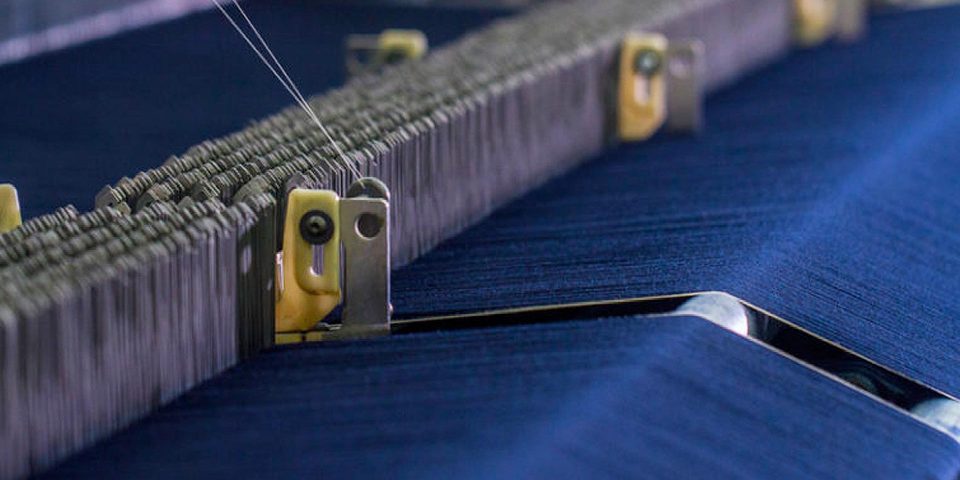Rope Dye travels to Milan to visit a sustainable future for denim at the “The Greenest Mill in the Blue World”
When it comes to making jeans, there is a plethora of information out there. A quick google and you can find tutorials, patterns, tips and tricks. Denim artisans such as ROY, Paul Kruize, Mohsin from Endrime or Iu from Companion Denim are happy to share their knowledge. They proudly state the denim used, its origin and the machines used to craft the jeans.
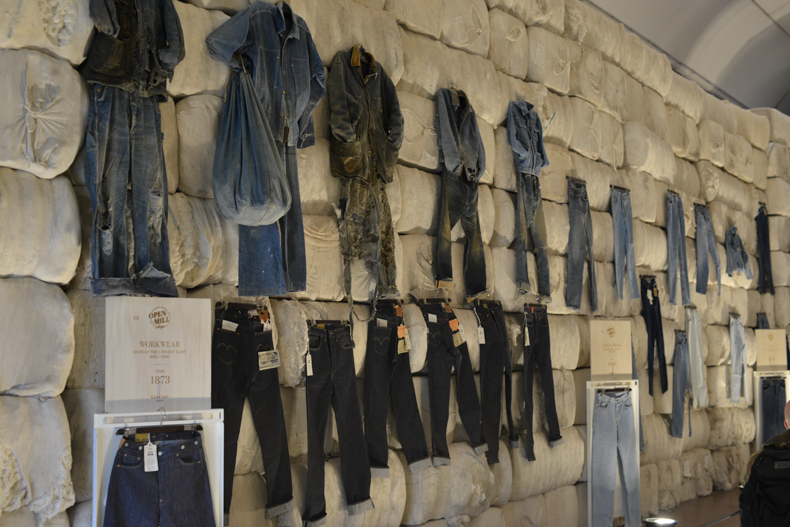
But when it comes to the denim fabric itself, things become a little less clear. Until recently, the inner workings of denim mills and the processes used to sort, spin, dye and weave cotton into denim have been a closely guarded secret.
A peek behind the curtain
Things are opening up. With an increasing awareness of sustainability within all aspects of manufacture and a growing demand for transparency from consumers, a few denim mills are opening up and showing us behind the scenes. When the Italian mill Candiani pulled back the curtain, they revealed what might just be the most progressive, sustainable and green denim mill in the world.
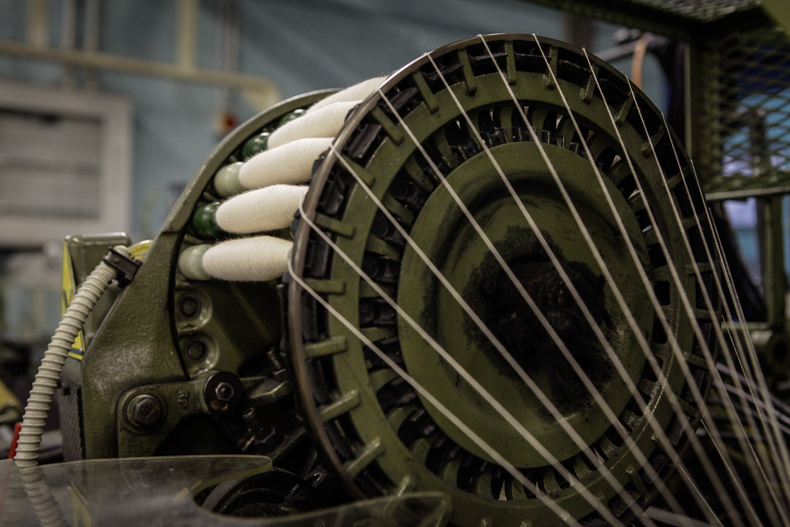
Earlier this month, Candiani invited a number industry insiders down to their factory located just outside of Milan. They wanted to showcase the investment, innovation and downright hard graft that has gone into making this mill the definition of sustainability within the denim industry.
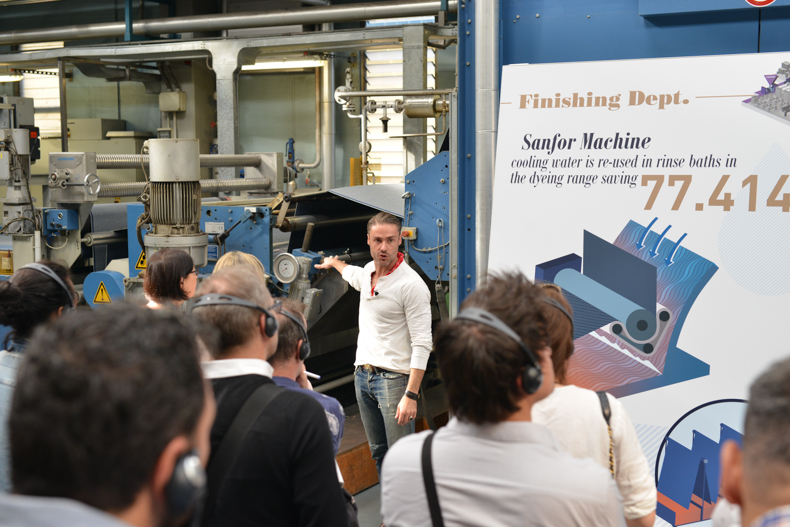
Over the course of the day, Simon Giuliani, Candiani’s global marketing director took the 60-strong group around the entire factory complex. From the cotton fibres being sorted to the spinning to the dying and finally to the weaving, no aspect of the process was skipped or glossed over.
At each stage of the process, Simon would outline the efforts the mill has made to reduce the environmental impact.
How they do it.
The intricacies of the whole process would need a War and Peace sized tome to really do it justice. So here we will just give the briefest of overviews on a few of the ways in which Candiani have reached this level of sustainability.
Kinds of cotton and other fibres.
They exclusively use ingredients such as cotton that is either is either BCI (Better Cotton Initiative) or organic. In fact, Candiani was the first to use BCI cotton in denim and now their overall production is 50% and growing. One hundred per cent of their waste fibres are recycled, 50% mixed with new cotton and spun into recycled yarn and 50% being made into insulation for houses and cars.
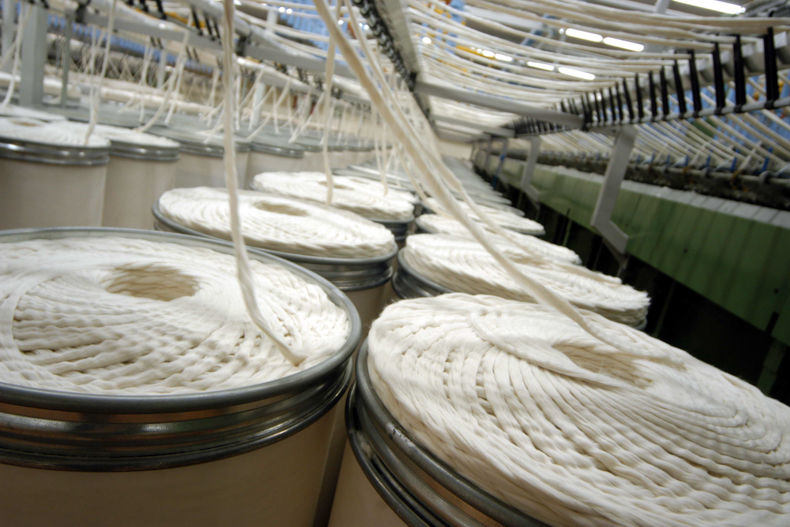
They also use other fibres such as hemp and linen, both of which have a far less impact on the environment than cotton. When it comes to artificial fibres, they use Tencel®, Micromodal® and Refibra™, all of which gives denim a particular quality and represent a significant reduction on the environmental impact compared to cotton alone.
Indigo Dying
They are also the only denim mill to have obtained the sub-license to use Kitotex®, a technology originally used by neighbouring silk manufacturer Canepa S.p.A. It is detailed biotech stuff, but the gist of it, is that Kitotex® is made from Chitosan, a natural polymer obtained by recycling the exoskeleton of shrimp.
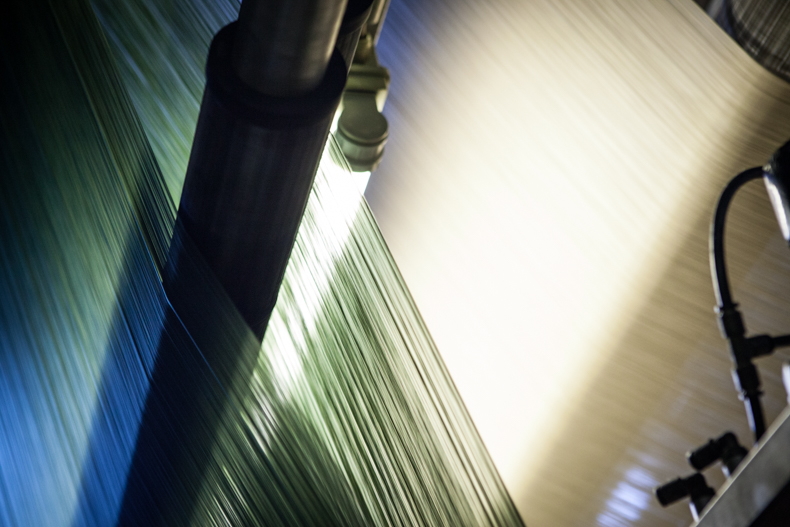
These shrimps are farmed in Southeast Asia, consumed in the food industry, and the shell waste is used to make Kitotex® which replaces PVAs and other nasties traditionally used in the dying process.
Not only is this fully biodegradable, it also helps purify the water after production and has antibacterial, anti-static and anti-mite properties. This all leads to 30% less energy, 50% less water and 70% fewer chemicals. Heroes in a shrimp shell!
Washing and finishing
Now, this might not be too applicable to us denimheads, we like to do the fading ourselves. But the reality is, the vast majority of the jeans out there have gone through some nasty process to make them look worn. Candiani knows this and is taking steps to make this more green too.
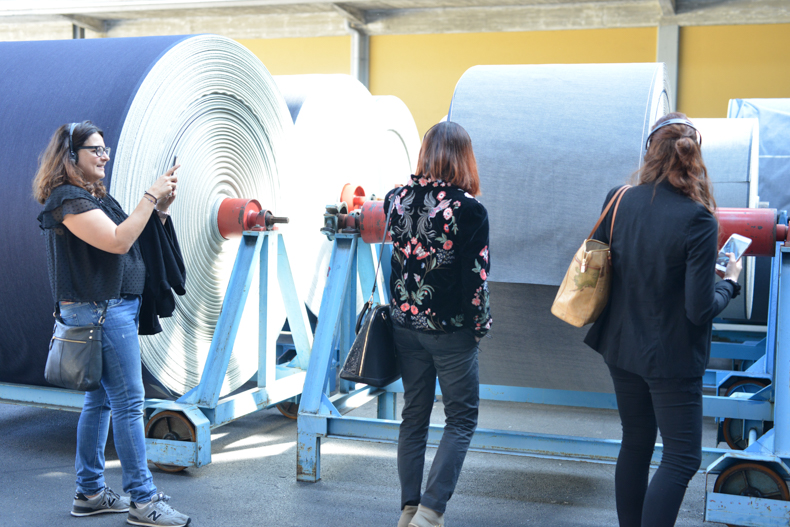
Indigo Juice® water-saving dyeing technology is Candiani’s way of reducing the amount of water needed to wash down a pair of jeans and make them look faded. When the yarn is dyed, they keep the indigo very superficial on the yarn. This means when it comes to the washing process only a fraction of the water and energy is needed.
Their N-Denim dyeing technology is the exact opposite of this. The nitrogen dying method means the dye penetrates the yarn much more efficiently. It reduces the dye baths from 7 to 2 and uses 30% fewer nasty chemicals. It is denim that has been dyed with the express intention of not fading. Basically, your black jeans will stay black.
Development Centre.
All this technology in the Candiani production is truly cutting edge. The laundries that are used by denim manufacturers to wash down the jeans are more than likely using old methods and techniques and not aware of the benefits afforded by developments such as Indigo Juice®.
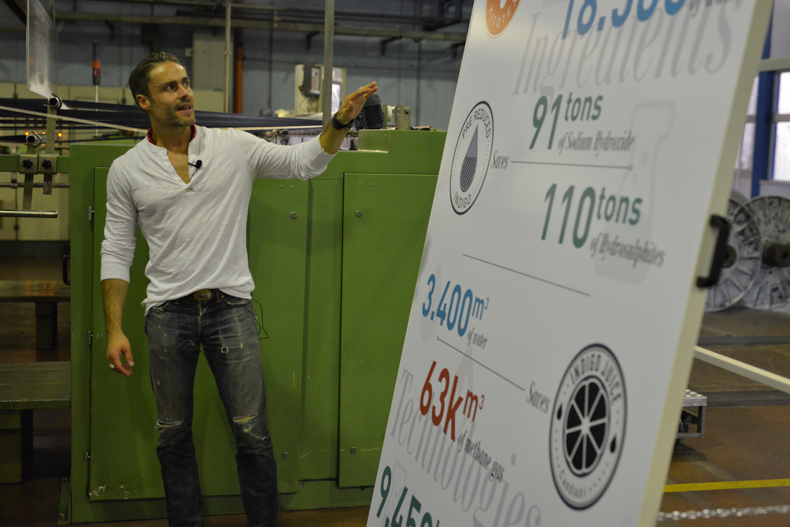
Candiani knows this and has a solution. They provide efficient “wash instructions” for their fabrics and let designers loose in their development centre. This allows the designers to create the maximum combination of sustainability and style which they can impart to their chosen laundry.
The future of blue is green
There is a load more information on just over on the Candiani website, I’d encourage you to check it out.
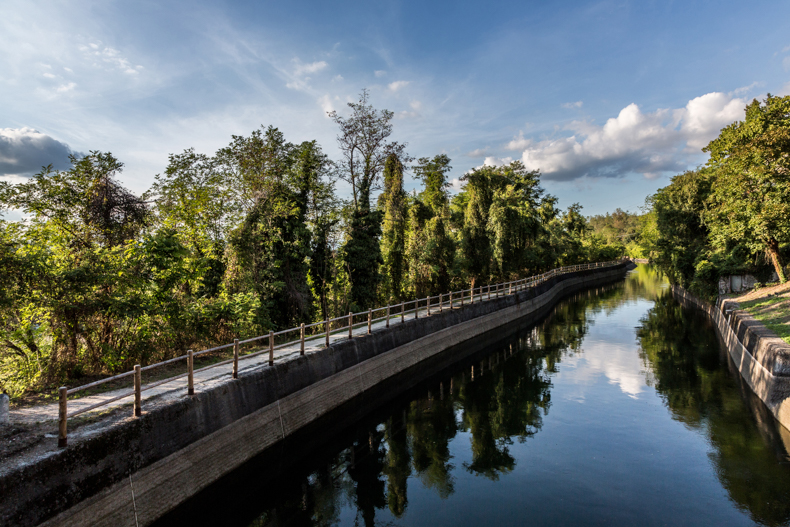
It gives a much more rounded appreciation of denim and the effort needed to create the fabric. This is just the briefest overview of the efforts made by the Italian mill to ensure that denim is green going into the future.
But don’t worry. It will still be blue.


